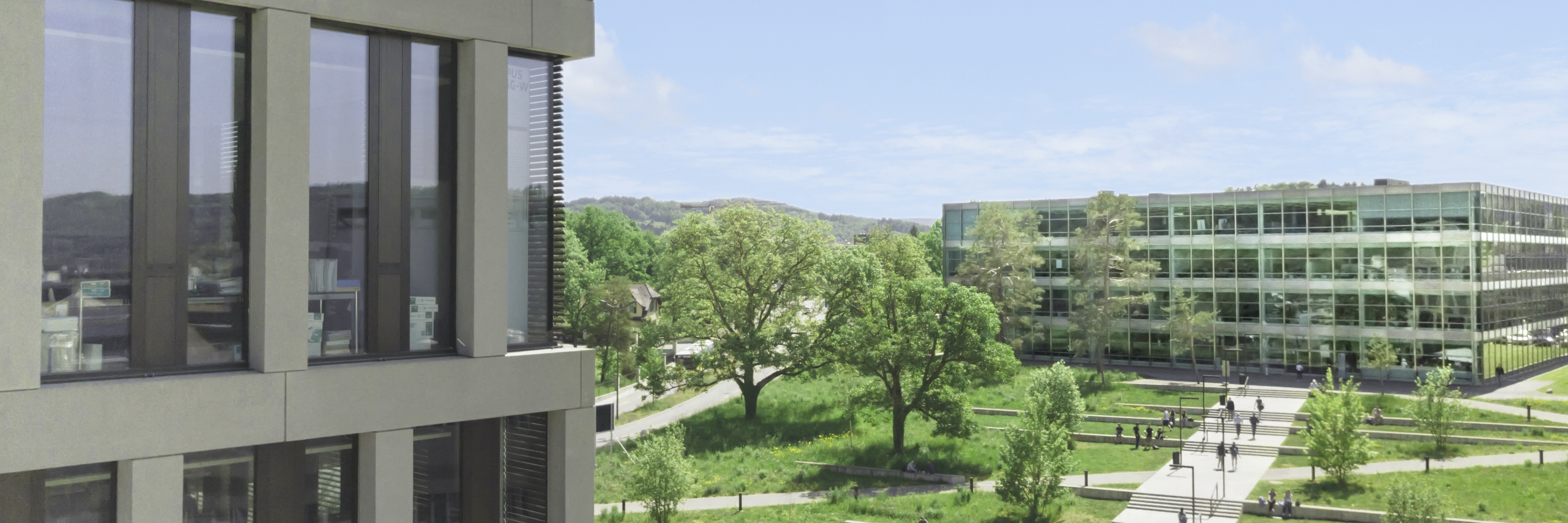DUWAS: Sensor warns against volcanic ash
To increase the safety of aviation, the FHNW University of Applied Sciences and Arts Northwestern Switzerland is developing a sensor that detects volcanic ash.
Technologies
Infrared Sensor, Infrared Laser, Aviation
Objectives
Development of a sensor that can distinguish between volcanic ash particles and cloud-droplets or ice crystals.
Starting situation
Volcanic ash can damage aircraft’s engines and important sensor systems. The difficulty: an ash cloud is difficult to distinguish from a normal rain cloud, especially if the two types of clouds have mixed. Even conventional sensors cannot distinguish between ash particles and water droplets or ice crystals. Both are between one and 20 micrometres small and scatter visible light equally.
Result
In addition to a conventional sensor, the FHNW research team is focusing on an infrared sensor specially designed for this research project by the Fraunhofer Institute for Applied Solid-state Physics. In the infrared range, water and volcanic ash have different light refraction indices. At a wavelength of 660 nanometres, ash particles and cloud droplets still look the same. At a wavelength of around 2700 nanometres ‒ i.e. in the infrared range ‒ the intended distinction can be made. In the future, the "Dual Wavelength Volcanic Ash Sensor", or DUWAS, is expected to come into use in commercial flights. But the sensor could potentially be used for other purposes as well, where the distinction between two aerosol particles is important: for example as smoke detector or certain other substances.
Project information
Execution | |
Duration | 2 Years |
Funding | |
Team | Dr. Ernest Weingartner (Lead), Dr. Zsófia Jurányi, Daniel Egli, Prof. Dr. Heinz Burtscher |


